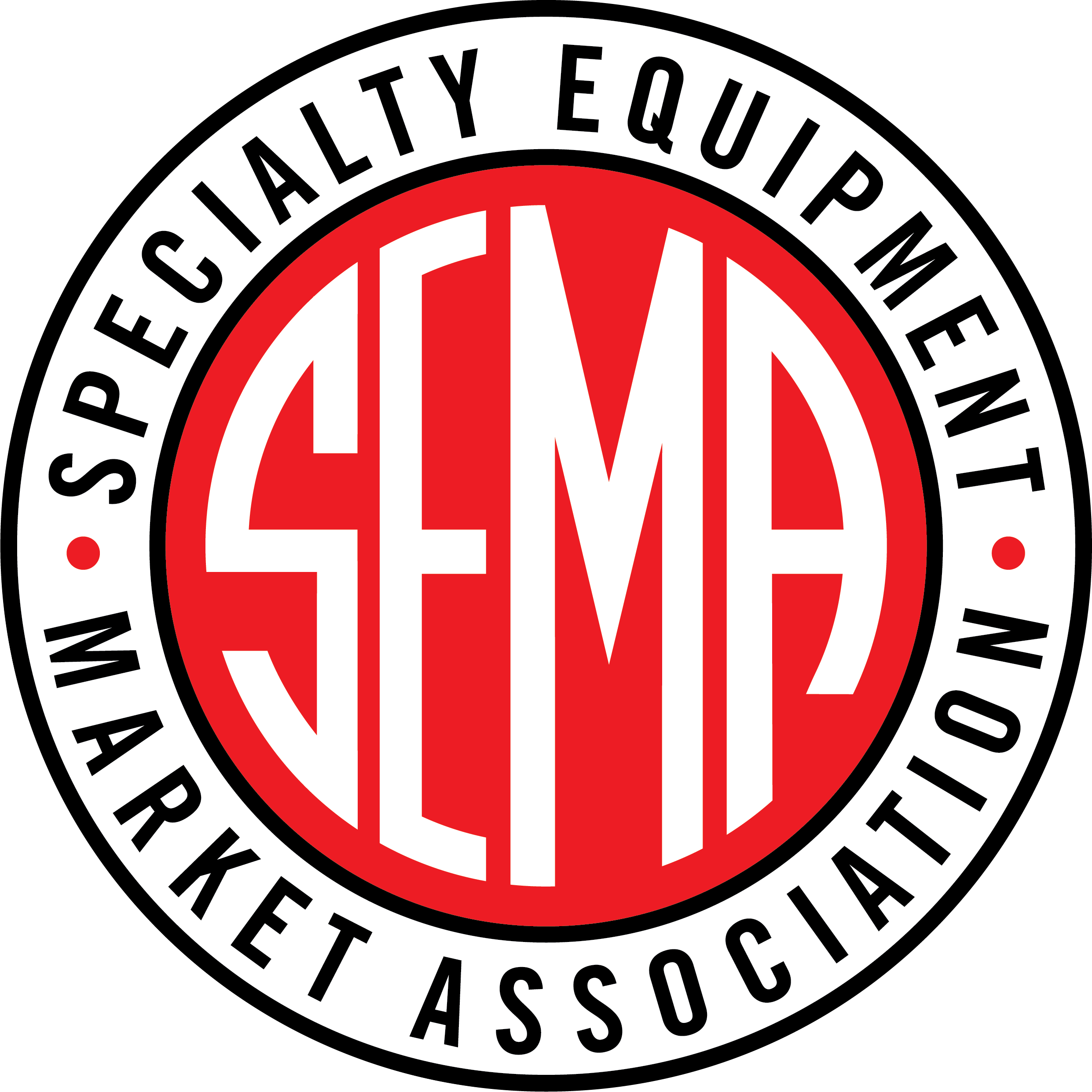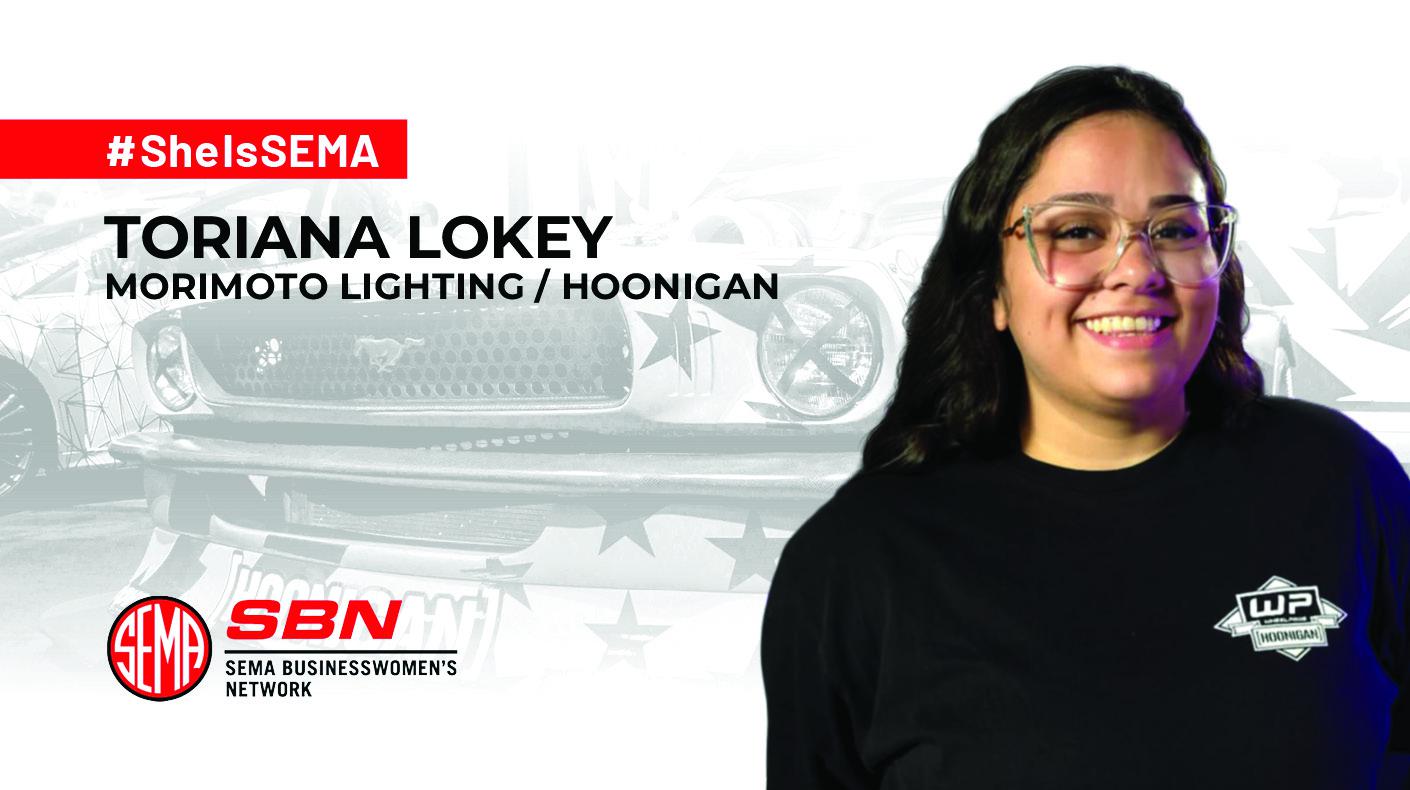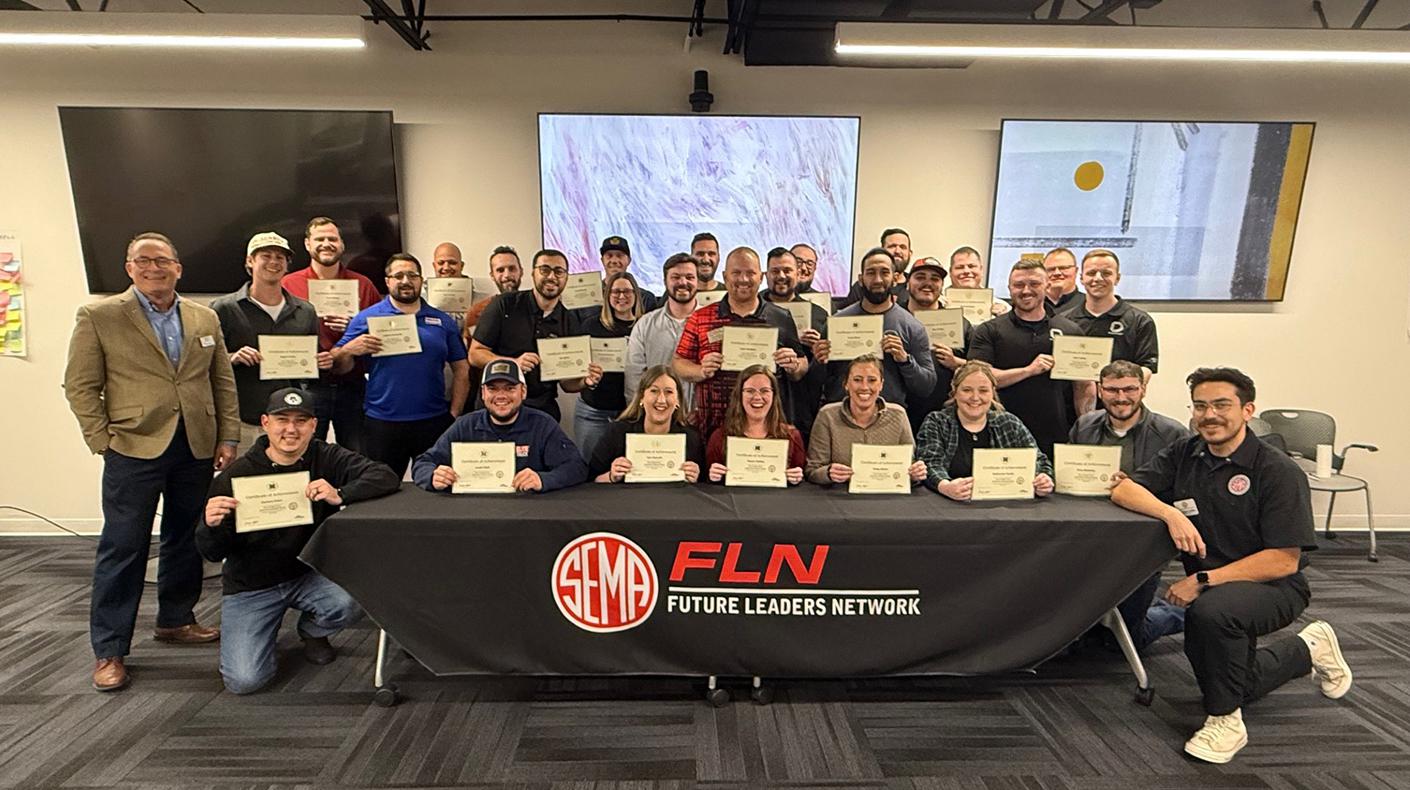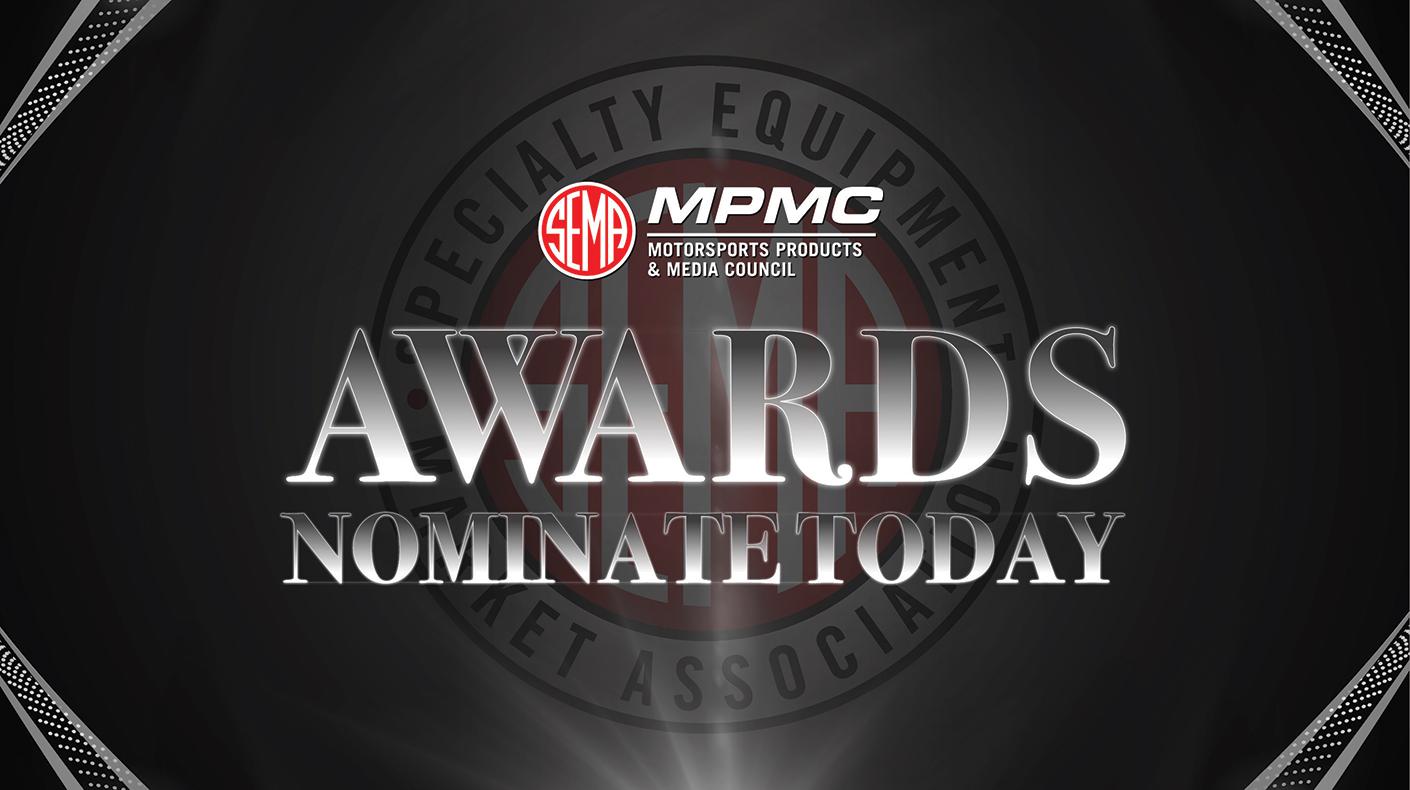From the Washington, D.C., office
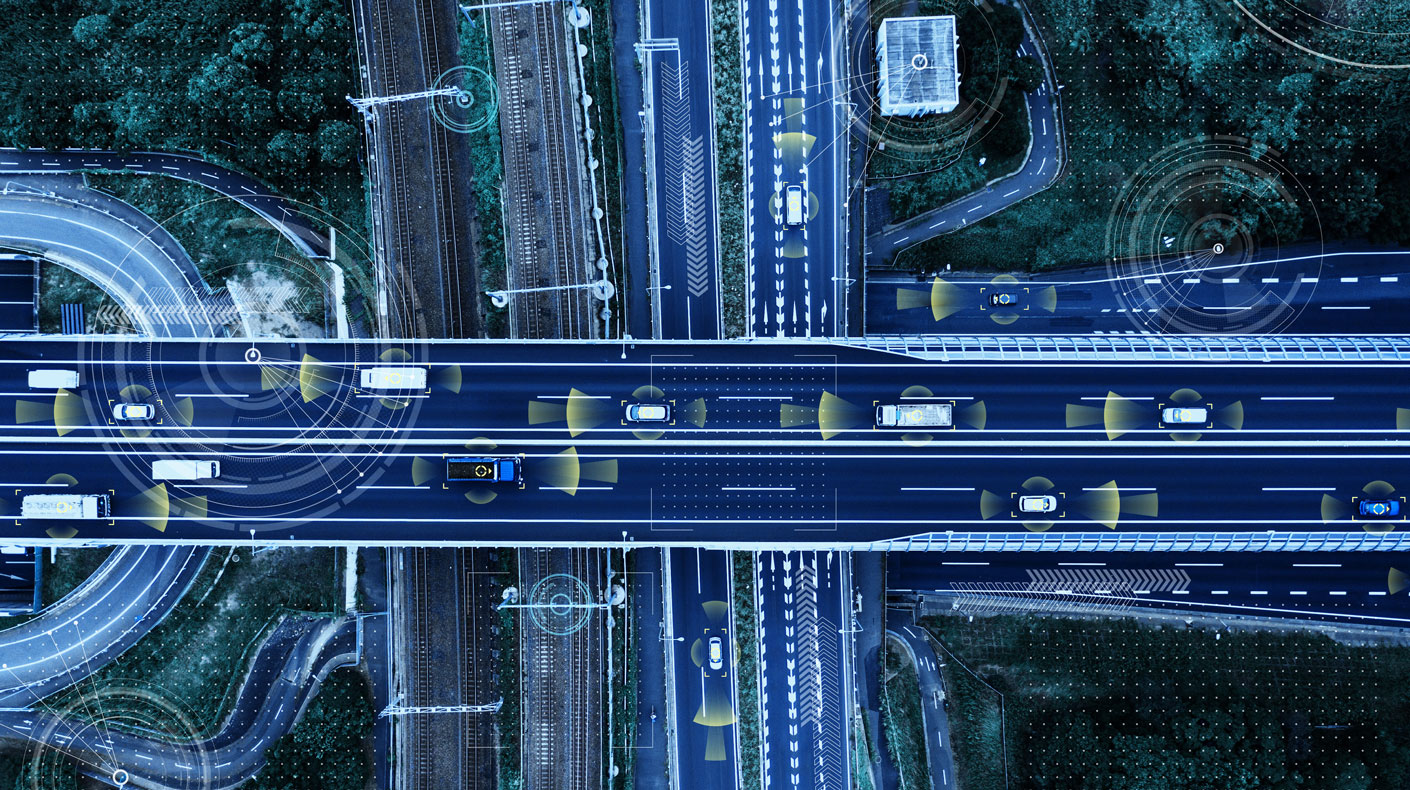
SEMA recently shared the automotive aftermarket industry's important perspective on advanced driver assistance system (ADAS) technology with congressional lawmakers looking at motor-vehicle safety and the work of the National Highway Traffic Safety Administration (NHTSA). At a June 26 hearing, the House Energy and Commerce Subcommittee on Commerce, Manufacturing, and Trade (CMT) discussed issues related to motor-vehicle safety, including owners' rights to repair, modify and calibrate the vehicles they own, along with the regulation of autonomous vehicles (AVs) and ADAS.
To reinforce SEMA's position as the leading voice for the automotive aftermarket industry, SEMA CEO Mike Spagnola submitted a statement for the record that stressed the importance of engaging with our sector on these issues, particularly as ADAS becomes more ubiquitous with the vehicles on the road.
"SEMA members and vehicle owners face a growing challenge: they lack clear pathways to maintain the safety and performance integrity of ADAS from production through post-sale service, repair and modification," Spagnola wrote. "This includes ensuring vehicles remain safe and reliable after undergoing changes, including ADAS calibration. Even simple modifications, such as adding bike racks, wrapping a vehicle, adding a winch to the front bumper, and lifting a vehicle--which is especially important for driving off-road--can impact the sensors and cameras that make up ADAS."
Spagnola's statement outlines several significant challenges that the automotive aftermarket faces in modifying and customizing vehicles with ADAS features, along with potential solutions for Congress to consider:
- Automakers do not share ADAS calibration information, data and testing procedures/information.
- Vehicle manufacturers are not required to provide full vehicle lifecycle support for ADAS, including instructions, application guides, proper mounting or functionality tolerances or the access needed to safely make modifications.
This presents a challenge to correctly and safely calibrate ADAS and ensure optimal performance after basic, common modifications, such as installing larger tires and wheels, lift kits, lowering kits, bumpers, grills, push bars, light bars, bike racks, and winches.
U.S. Representatives Diana Harshbarger (R-TN) and Neal Dunn (R-FL) questioned witnesses from across the industry, including representatives from the Autonomous Vehicle Industry Association, Alliance for Automotive Innovation, Insurance Institute for Highway Safety and Highway Loss Data Institute, and Advocates for Highway and Auto Safety, on whether the aftermarket has the data and information they need to work on and customize modern vehicles, including those with ADAS. The hearing presented a critical opportunity to shape vehicle policies that impact the majority of specialty aftermarket businesses and the majority of vehicle owners.
Questions? Please reach out to Juan Mejia, SEMA's senior manager for federal government affairs, at juanm@sema.org.
Image courtesy of Shutterstock
